Diabetes is a growing epidemic that affects adults and children, including 7.2 million people who are undiagnosed. In 2015, about 9.4% (30.3 million) of Americans had diabetes (Centers for Disease Control and Prevention, 2017). As rates of obesity and type 2 diabetes rise, so does the risk for gestational diabetes mellitus (GDM). While it’s hard to pinpoint the exact prevalence of GDM, estimates suggest that it affects as many as 14% of pregnancies in the United States each year (DeSisto, Kim, & Sharma, 2014).
While the diagnosis of GDM can be scary for moms, it can usually be managed under the care and guidance of their health care team. We recently sat down with Allison Penny, a mother of two who was diagnosed with GDM with both of her pregnancies. We asked Allison questions on how she was able to navigate her diagnosis and what advice she would give to mothers in a similar situation.
How did you feel when you were told you had diabetes with your first pregnancy?
I was surprised, but my healthcare provider assured me it was pretty common. They also told me that the diabetes goes away after the baby is born for most women. When I was diagnosed during my second pregnancy, I was a bit more worried. This pregnancy was unexpected, but thankfully I was already working out and trying to get into shape, and I was able to continue with my workouts. I was definitely more cautious with diet and working out the second time around. My first vaginal birth was complicated and scary, and I think a lot of it had to do with the large size of the baby. Larger babies are a definite risk with GDM.
What concerns did you have following your diagnosis?
By the time I found out, I had been fulfilling all my cravings 🙂 So I had concerns about limiting junk and controlling my diet for both my baby and me.
What did your treatment plan consist of?
I had to measure my sugar first thing in the morning before eating anything. I also had to test my levels 30 minutes after my scheduled meals, like breakfast, lunch, and dinner. While monitoring and tracking my levels, I was able to determine what foods I could eat and which ones I couldn’t. For example, after eating pasta or bread, I found that my levels would elevate. On the other hand, when I ate rice, my levels were at the appropriate number. As a lover of food, I found it frustrating not being able to indulge in cravings and the food that I wanted, but the health of my child was the priority.
Did you have to take medication?
The first time I had GDM, I was able to control my glucose levels with diet. The second time I had it, I had to take pills throughout the rest of my pregnancy. I felt frustrated and defeated that I couldn’t control my glucose levels with diet alone like I had the first time, but later I accepted that pregnancy impacts and changes a woman’s body whether I liked it or not!
Who taught you about what GDM is, about checking your blood sugars, taking any medications?
The doctor, nurses, and nutritionist taught me about GDM. The nutritionist demonstrated how to check blood sugars during my first pregnancy. I opted to not see the nutritionist for the second pregnancy. When I couldn’t control my glucose levels with diet for my second pregnancy, the doctors and nurses explained what dosage to take, how and when to take the medicine, and how it was affecting me.
Did you feel your healthcare providers answered all your questions about diabetes during prenatal visits?
Yes, definitely—during prenatal visits and during labor. Afterward, they didn’t seem to address the diabetes. However, the doctors and nurses regularly pricked my baby girl post-birth to ensure her glucose levels were within a normal range.
Do you have any helpful information or advice for pregnant women who are in your shoes?
Definitely drink a lot of water, and try to exercise daily. Be sure to follow up with your primary care provider after you give birth. Less than 6 months after having my daughter, I went for a routine annual physical and learned that my glucose levels were slightly elevated, among some other health-related and perhaps postpartum-related issues. I also think it’s really important for pregnant moms and nurses to encourage other moms to get themselves thoroughly checked out—bloodwork, EKG, etc.—within a few months of having a baby, because it’s important that moms stay as healthy as possible for their little ones. (See also: Learn These Post-Birth Warning Signs)
You may also be interested in these AWHONN resources:
- Evidence-Based Guideline: Nursing Care of the Woman with Diabetes in Pregnancy covers evidence-based recommendations for care of women with all types of diabetes during pregnancy, labor, birth, and the postpartum Immediate hospital care of the newborn of the woman with diabetes is also covered.
- Enter promotional code DIABETES17 at checkout for a 10% discount (offer valid 11/14 only, expires at 12:00 midnight EST)
- Webinar: Nursing Care of Women with Diabetes During Pregnancy: An Evidence-Based Approach (available in AWHONN’s Online Learning Center—just login and search for the webinar’s title)
- Additional Publications: Manual of High Risk Pregnancy & Delivery, 5th edition describes how to screen for risk factors, provide preventive management, and intervene appropriately when problems arise.
AWHONN Journals:
- Strategies for Managing GDM in Women with Obesity
- Antenatal Depression and GDM
- Inhaled Insulin: New Delivery for Old Drug
- Nurse Home Visiting Services for Women with Diabetes, Hypertension
- Educational Intervention for Women with GDM
- Diabetes Education and Counseling for Women with Diabetes
Healthy Mom&Baby Resources
- What Is Gestational Diabetes?
- Understanding Gestational Diabetes in Pregnancy
- Eating with Gestational Diabetes
- How to Deal with Gestational Diabetes
References & Resources
American College of Obstetrics and Gynecology. (2005, reaffirmed 2016). ACOG practice bulletin. Clinical management guidelines for obstetrician-gynecologists. Number 60, March 2005. Pregestational diabetes mellitus. Obstetrics and Gynecology, 105(3), 675–685.
Centers for Disease Control and Prevention. (2017). National Diabetes Statistics Report, 2017. Atlanta, GA: Centers for Disease Control and Prevention, US Department of Health and Human Services. Retrieved from http://www.diabetes.org/assets/pdfs/basics/cdc-statistics-report-2017.pdf
American College of Obstetrics and Gynecology. (2013). Practice Bulletin No. 137: Gestational diabetes mellitus. Obstetrics and Gynecology, 122(2 Pt. 1), 406–416. doi:10.1097/01.AOG.0000433006.09219.f1
DeSisto, C. L., Kim, S. Y., & Sharma, A. J. (June 19, 2014). Prevalence estimates of gestational diabetes mellitus in the United States, pregnancy risk assessment monitoring system (PRAMS), 2007–2010. Preventing Chronic Disease, 11. doi:10.5888/pcd11.130415
HAPO Study Cooperative Research Group, Metzger, B. E., Lowe, L. P., Dyer, A. R., Trimble, E. R., Chaovarindr, . . . Sacks, D. A. (2008). Hyperglycemia and adverse pregnancy outcomes. New England Journal of Medicine, 358(19), 1991–2002. doi:10.1056/NEJMoa0707943
Gestational diabetes mellitus (GDM) occurs only in pregnant women and means that there is a degree of glucose intolerance during pregnancy. It’s usually diagnosed in the 24th to 28th week of pregnancy.
Diabetes can incur significant morbidity and mortality for the mother, fetus, and newborn into adulthood. Diabetes in all forms is the most common metabolic disease complicating pregnancy (ACOG, 2013). High blood glucose can also result in miscarriage or a stillborn baby (ACOG, 2005). Women who have GDM are also more at risk to develop preeclampsia and or to need a cesarean.
Since GDM can have detrimental results, it’s important that women begin treatment quickly and continue to monitor their sugar levels. Treatment typically includes special meal plans and scheduled physical activity and may also include daily blood glucose testing and/or insulin injections. Concerned moms-to-be should consult their care providers about prevention and treatment of GDM.

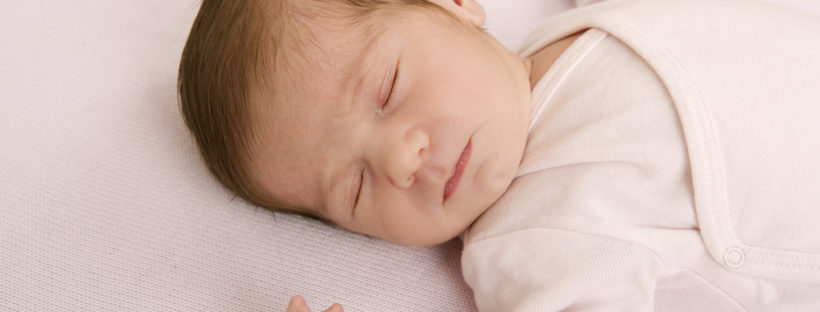

 Courtney Duggan is a digital marketing manager in the Washington, D.C. area and is a mother of 2.
Courtney Duggan is a digital marketing manager in the Washington, D.C. area and is a mother of 2.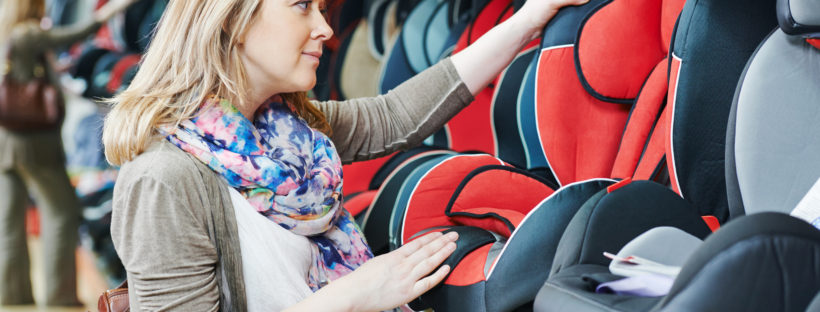
 Kerry S Foligno MSN RN CLC
Kerry S Foligno MSN RN CLC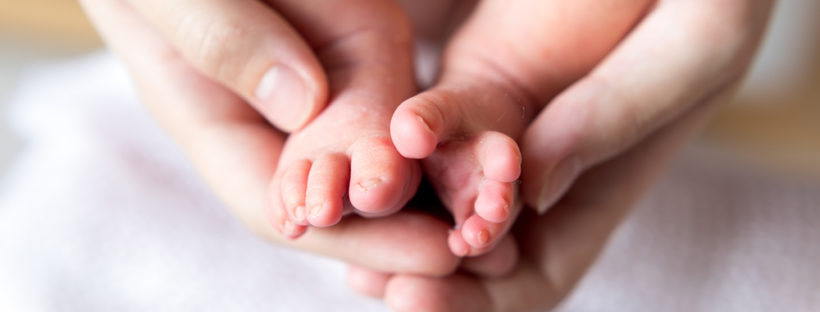
 Lori is an American Neonatal Intensive Care nurse that has made her way to Sweden. Her passion is maternal and infant education. She incorporates her years of work in maternal and infant health with a passion for wellness through her Prenatal Yoga, Mommy & Me Yoga, and Developmental Infant Massage classes in Gothenburg, Sweden. Follow her adventures on
Lori is an American Neonatal Intensive Care nurse that has made her way to Sweden. Her passion is maternal and infant education. She incorporates her years of work in maternal and infant health with a passion for wellness through her Prenatal Yoga, Mommy & Me Yoga, and Developmental Infant Massage classes in Gothenburg, Sweden. Follow her adventures on 
 Holly Lammer is an Obstetric Nurse, Clinical Educator and Childbirth Instructor for St. Luke’s Health System based in Boise, ID. In addition to teaching credentialed courses through AWHONN and AHA, she develops and teaches curriculum for prenatal and perinatal specialty courses offered in the St. Luke’s system. Holly is also registered with the Yoga Alliance as a 500-hr Yoga Instructor and on faculty as a Prenatal Yoga Teacher Training Instructor. She is certified in Inpatient Obstetrics and Electronic Fetal Monitoring through NCC and is in process of obtaining her Pre and Perinatal Psychology Educator through the Association for Pre and Perinatal Psychology and Health.
Holly Lammer is an Obstetric Nurse, Clinical Educator and Childbirth Instructor for St. Luke’s Health System based in Boise, ID. In addition to teaching credentialed courses through AWHONN and AHA, she develops and teaches curriculum for prenatal and perinatal specialty courses offered in the St. Luke’s system. Holly is also registered with the Yoga Alliance as a 500-hr Yoga Instructor and on faculty as a Prenatal Yoga Teacher Training Instructor. She is certified in Inpatient Obstetrics and Electronic Fetal Monitoring through NCC and is in process of obtaining her Pre and Perinatal Psychology Educator through the Association for Pre and Perinatal Psychology and Health.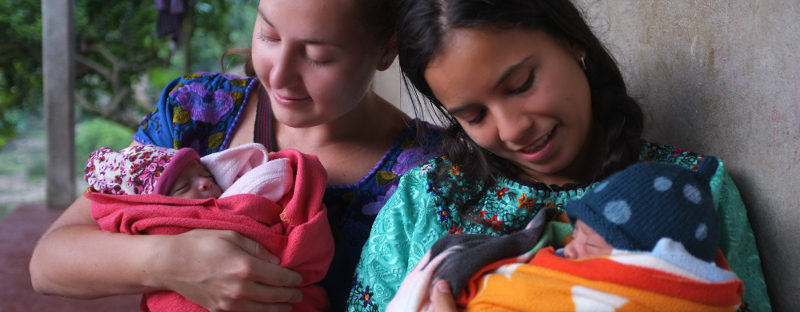
 Evgeniya Larionova received her Bachelors of Science in Nursing from MGH Institute of Health Professions. She is a founder and an Artistic Director of AMGITS Drama&Poetry Club at the Boston Living Center. She is a member of the student Leadership Committee of the Harvard Medical School Center for Primary Care. Evgeniya is passionate about infectious diseases, community health and integrating holistic care in modern practices. In her spare time she plays in the Russian theater, enjoy reading, playing the guitar and hiking.
Evgeniya Larionova received her Bachelors of Science in Nursing from MGH Institute of Health Professions. She is a founder and an Artistic Director of AMGITS Drama&Poetry Club at the Boston Living Center. She is a member of the student Leadership Committee of the Harvard Medical School Center for Primary Care. Evgeniya is passionate about infectious diseases, community health and integrating holistic care in modern practices. In her spare time she plays in the Russian theater, enjoy reading, playing the guitar and hiking.

 Lori is a neonatal nurse that has made her way to Sweden. She is also a Yoga Alliance Certified Yoga Teacher and Certified Prenatal/Postnatal Yoga Teacher. Follow her adventures working and traveling through Europe in her blog, Neonurse, or on Instagram.
Lori is a neonatal nurse that has made her way to Sweden. She is also a Yoga Alliance Certified Yoga Teacher and Certified Prenatal/Postnatal Yoga Teacher. Follow her adventures working and traveling through Europe in her blog, Neonurse, or on Instagram.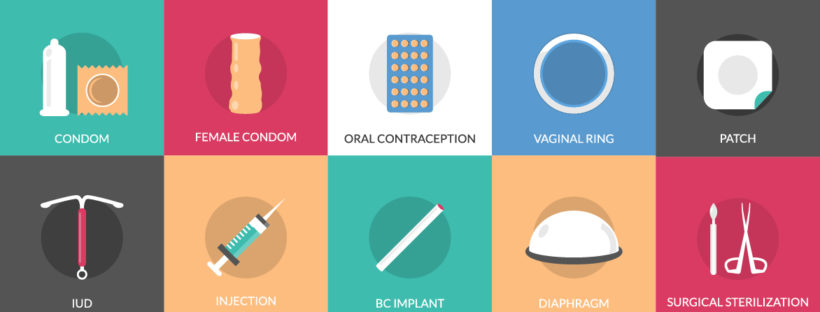


 Corinne first learned of EMPCC when they came to speak at her church and became increasingly familiar with the organization by serving at their yearly fundraising banquets. Knowing that EMPCC is frequently in short supply of diapers and moms can’t use food stamps to pay for them, Corinne felt certain that a diaper drive would be perfect for her project and would also serve a great need in the community. She fulfilled her 30-hour requirement while working tirelessly to market and organize the drive, as well as collect, transport, and stock diaper donations at EMPCC.
Corinne first learned of EMPCC when they came to speak at her church and became increasingly familiar with the organization by serving at their yearly fundraising banquets. Knowing that EMPCC is frequently in short supply of diapers and moms can’t use food stamps to pay for them, Corinne felt certain that a diaper drive would be perfect for her project and would also serve a great need in the community. She fulfilled her 30-hour requirement while working tirelessly to market and organize the drive, as well as collect, transport, and stock diaper donations at EMPCC. All items were delivered to Michelle and Corinne’s home, and they personally delivered everything to EMPCC. Both ladies said that hearing the UPS truck come by was always exciting because it signaled the arrival of more donations. In fact, North Rome Christian School administrator and EMPCC board member Lee Ann Carmichael decided to request that more shelves be built to accommodate the influx of diapers at EMPCC. At the end of the drive, Corinne’s senior class of 10 students filled those shelves to the brim, all as a result of the kindness and generosity of their friends, neighbors, and colleagues.
All items were delivered to Michelle and Corinne’s home, and they personally delivered everything to EMPCC. Both ladies said that hearing the UPS truck come by was always exciting because it signaled the arrival of more donations. In fact, North Rome Christian School administrator and EMPCC board member Lee Ann Carmichael decided to request that more shelves be built to accommodate the influx of diapers at EMPCC. At the end of the drive, Corinne’s senior class of 10 students filled those shelves to the brim, all as a result of the kindness and generosity of their friends, neighbors, and colleagues. Jade K. Miles, BA, BSN, RN, is a nurse consultant for the Healthy Mom&Baby Diaper Drive and lives in Raleigh, NC.
Jade K. Miles, BA, BSN, RN, is a nurse consultant for the Healthy Mom&Baby Diaper Drive and lives in Raleigh, NC.